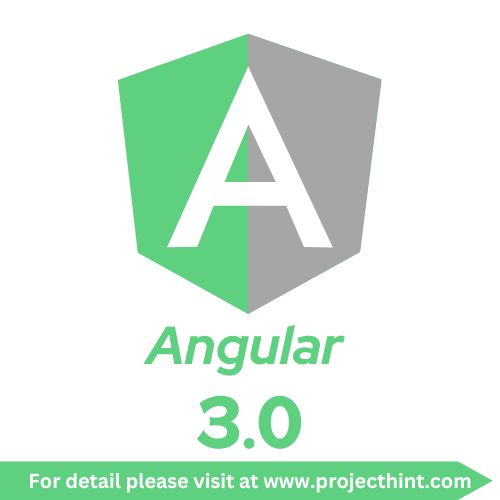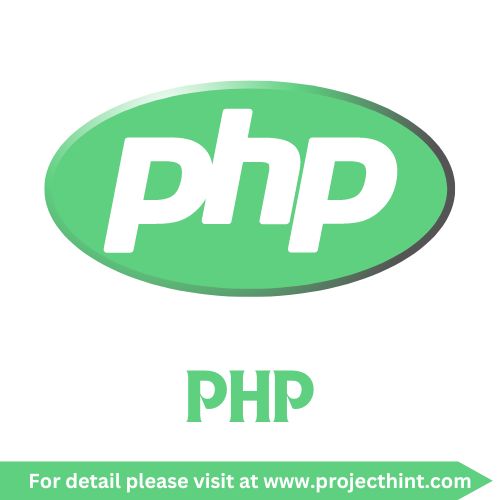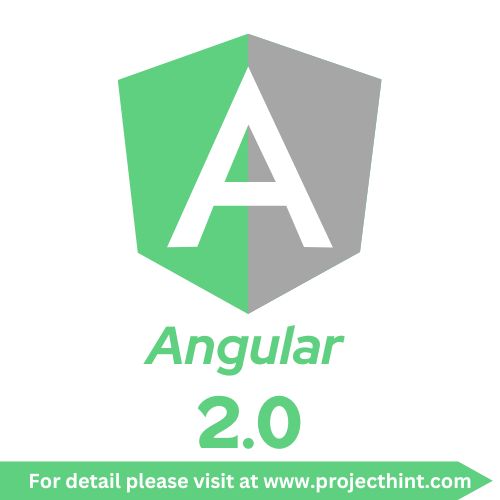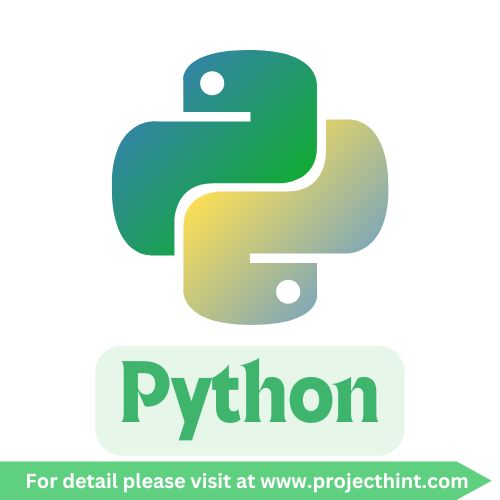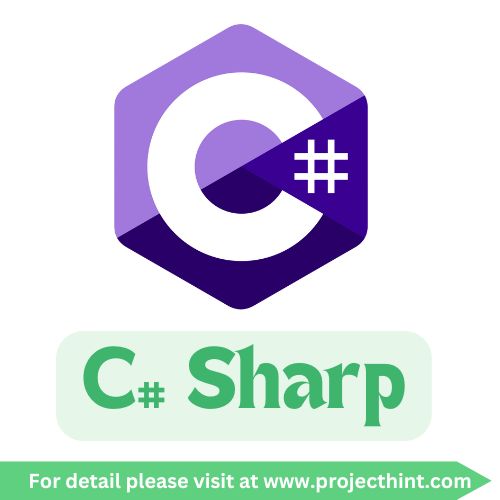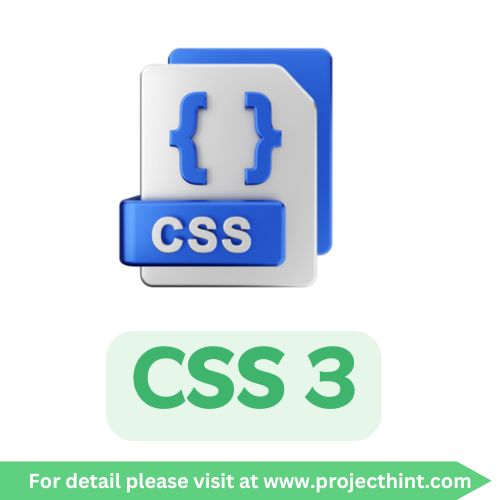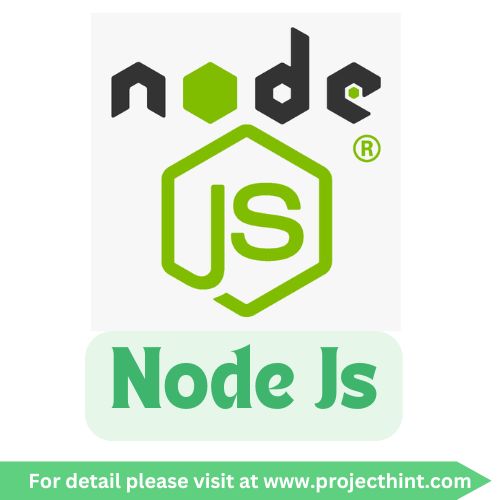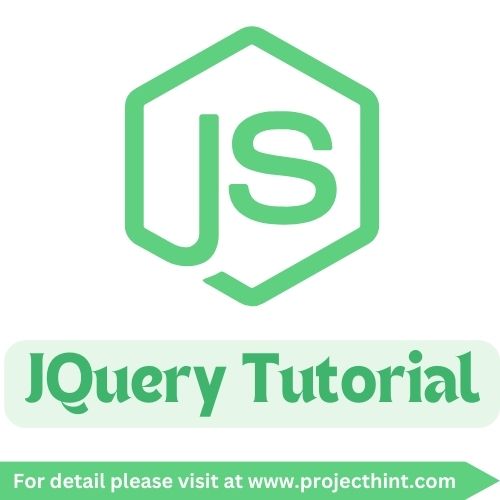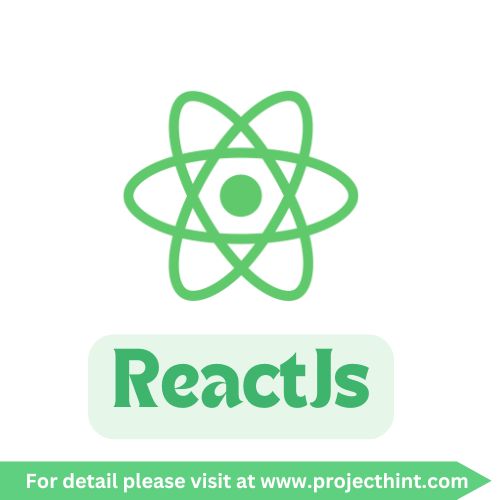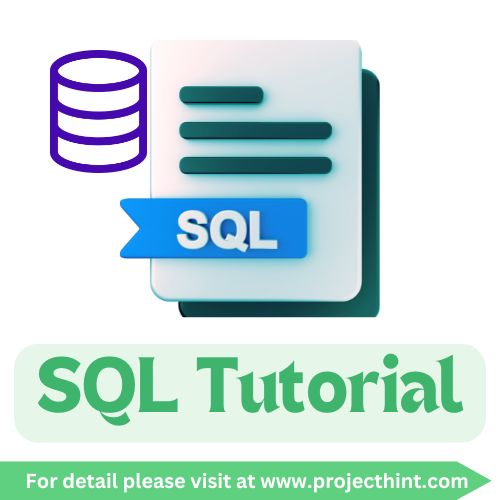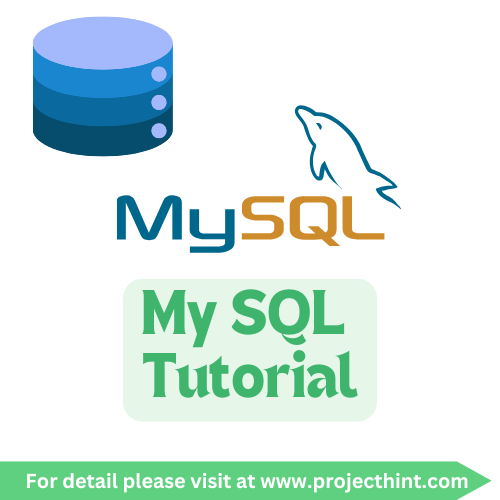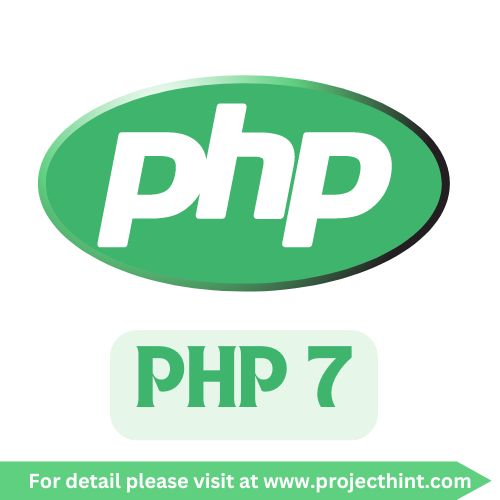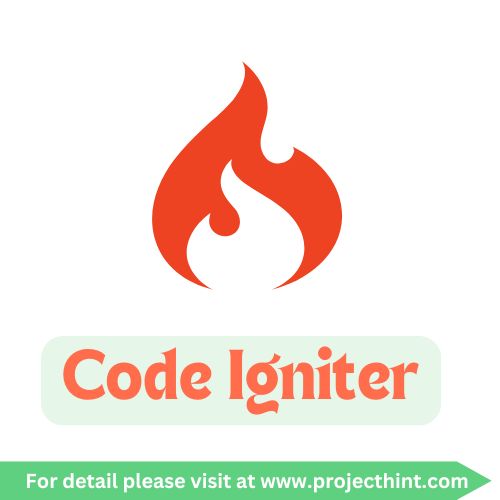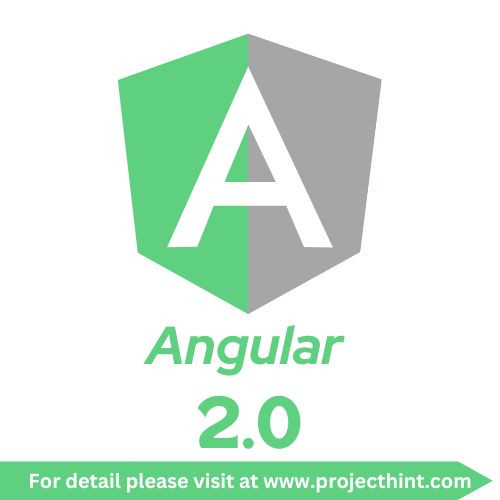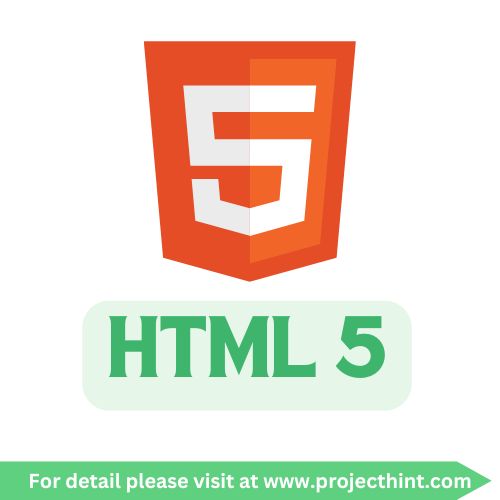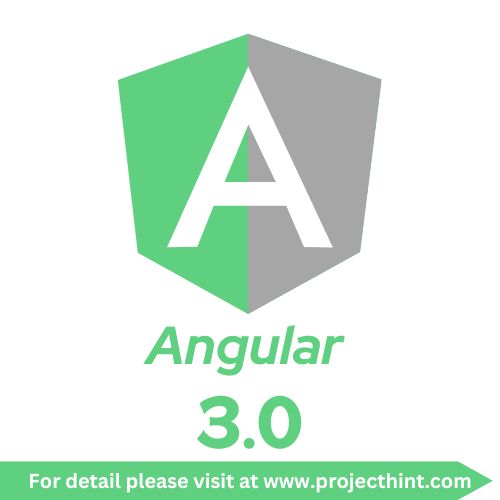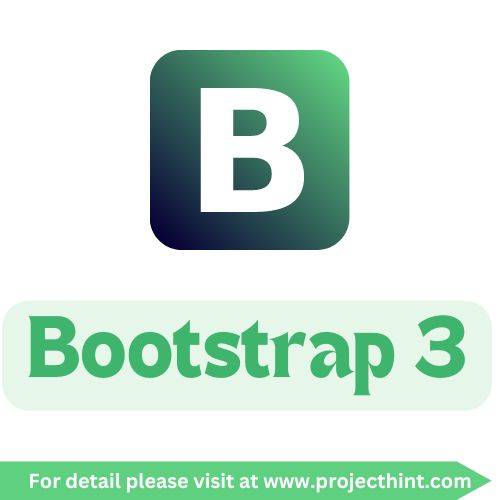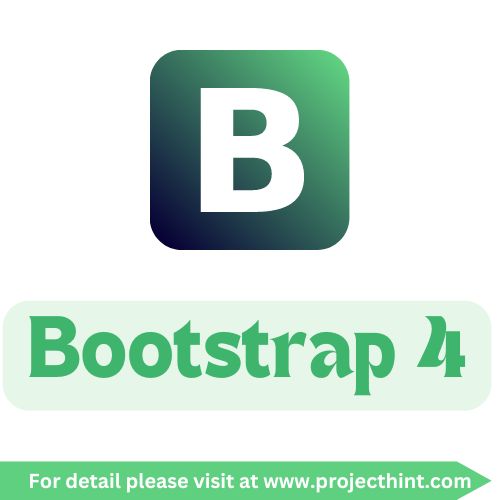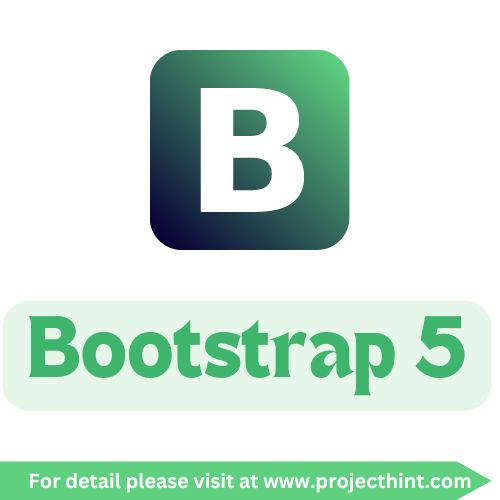CodeIgniter Overview
📝 CodeIgniter Overview
Introduction
When it comes to PHP frameworks, CodeIgniter is widely known for its lightweight design, fast performance, and simplicity. It is a great choice for developers who want to build secure and scalable applications without dealing with unnecessary complexity.
In this overview, we’ll explore the key components, architecture, and workflow of CodeIgniter to understand why it is still a popular choice among PHP developers.
🔎 What is CodeIgniter?
CodeIgniter is an open-source PHP framework that follows the Model-View-Controller (MVC) architecture. It allows developers to build dynamic and high-performance web applications quickly with minimal coding effort.
Unlike other frameworks that are heavy and complex, CodeIgniter provides a lightweight toolkit that is easy to learn and implement.
⚙️ Key Components of CodeIgniter
-
Model (M)
-
Manages data and database operations.
-
Interacts with the database using Query Builder or raw SQL queries.
-
-
View (V)
-
Handles the presentation layer (UI).
-
Displays data passed from the controller.
-
-
Controller (C)
-
Acts as the middle layer between Model and View.
-
Handles user requests, processes them, and sends responses.
-
-
Helpers
-
Pre-built functions for repetitive tasks like URL handling, forms, strings, and arrays.
-
-
Libraries
-
Ready-to-use classes for sessions, email, file uploads, pagination, and more.
-
🏗️ Architecture of CodeIgniter
The application architecture of CodeIgniter is simple yet powerful:
-
Application Folder → Contains models, views, controllers, config files, and libraries.
-
System Folder → Contains the core CodeIgniter framework files.
-
Index.php File → Entry point of every request.
-
User Guide → Built-in documentation to assist developers.
🔄 Workflow of CodeIgniter (How it Works)
-
A user sends a request via the browser.
-
The request goes to index.php, the front controller.
-
The Router decides which controller should handle the request.
-
The Controller processes input, communicates with the Model, and retrieves data.
-
The View renders the data into an HTML response.
-
The response is sent back to the browser.
Example:
If a user visits http://example.com/index.php/products/view/1,
-
Router calls the Products Controller.
-
Controller fetches product details from the Model.
-
View displays the product details in a web page.
🚀 Why Choose CodeIgniter?
-
Lightweight and fast compared to other PHP frameworks.
-
Simple folder structure and easy configuration.
-
Excellent documentation for beginners.
-
Supports both MVC and procedural programming.
-
Strong security features (XSS, CSRF, SQL Injection protection).
Conclusion
This overview of CodeIgniter shows that it is a powerful yet simple PHP framework designed for developers who value speed, flexibility, and ease of use. Its MVC architecture, built-in libraries, and clear workflow make it a great option for both beginners and professionals.
If you’re planning to start with PHP frameworks, CodeIgniter is the perfect starting point before moving on to more advanced frameworks like Laravel or Symfony.

